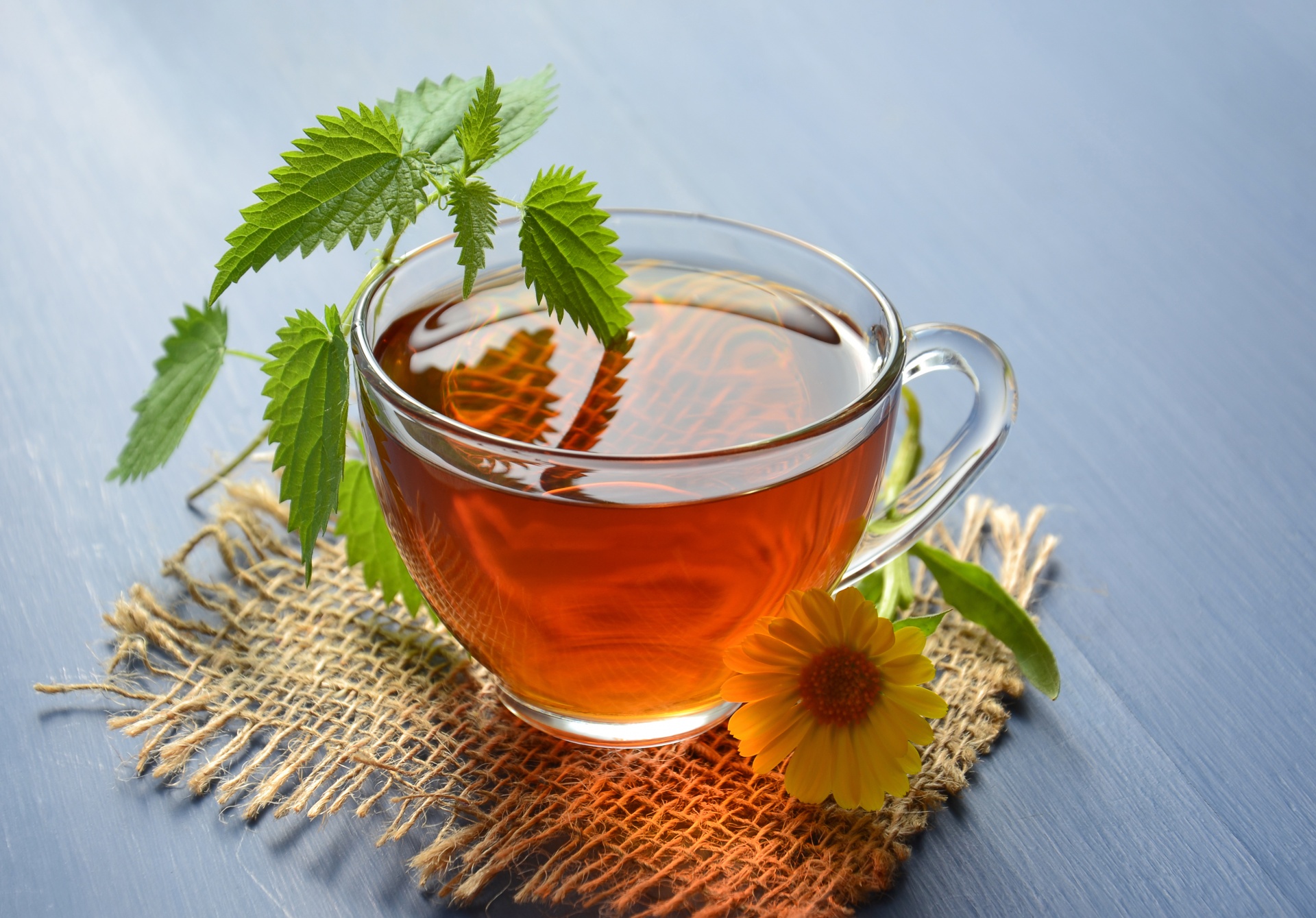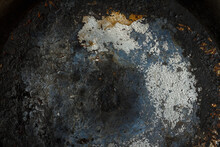How To Clean A Cast Iron Skillet With Burnt On
Cast iron skillets are beloved by many home cooks for their durability and ability to retain heat. However, cleaning a cast iron skillet with burnt-on food can be a daunting task. In this article, we will explore effective methods and techniques to clean a cast iron skillet with burnt-on residue, ensuring that it remains in excellent condition for years to come.
Why is Cleaning a Cast Iron Skillet Important?
Before delving into the cleaning process, it is essential to understand why cleaning a cast iron skillet is crucial. Proper cleaning not only removes burnt-on food but also helps maintain the skillet’s seasoning, which is a layer of polymerized oil that provides a non-stick surface and prevents rusting.
When food gets burnt onto the surface of a cast iron skillet, it can compromise the seasoning and make cooking more challenging. Additionally, leaving burnt-on residue can lead to a buildup of carbonized food particles, which can affect the flavor of future dishes.
Materials Needed
Before starting the cleaning process, gather the following materials:
- Coarse salt or baking soda
- A soft sponge or brush
- Hot water
- Dish soap (optional)
- Paper towels or a clean cloth
- Vegetable oil or shortening
Step-by-Step Cleaning Process
1. Allow the Skillet to Cool
After cooking, allow the cast iron skillet to cool completely before attempting to clean it. Cleaning a hot skillet can cause burns and damage the seasoning.
2. Remove Loose Residue
Using a paper towel or a clean cloth, gently wipe away any loose residue from the surface of the skillet. Be careful not to scrub too vigorously, as this can remove the seasoning.
3. Create a Cleaning Paste
If the burnt-on residue is stubborn, create a cleaning paste by mixing coarse salt or baking soda with a small amount of water. The abrasive nature of the salt or baking soda helps to loosen the burnt-on food.
4. Scrub the Skillet
Apply the cleaning paste to the surface of the skillet and use a soft sponge or brush to scrub away the burnt-on residue. Focus on the areas with the most buildup, applying gentle pressure. Avoid using steel wool or harsh abrasives, as they can damage the skillet’s surface.
5. Rinse Thoroughly
Once the burnt-on residue has been removed, rinse the skillet thoroughly with hot water. Ensure that all traces of the cleaning paste are removed.
6. Dry Completely
After rinsing, dry the skillet thoroughly using a clean cloth or paper towels. Moisture can cause cast iron to rust, so it is essential to remove all water from the surface.
7. Re-season the Skillet
After cleaning, it is necessary to re-season the cast iron skillet to restore its non-stick properties and protect it from rust. Apply a thin layer of vegetable oil or melted shortening to the entire surface of the skillet, including the handle. Place the skillet upside down in an oven preheated to 350°F (175°C) and bake for one hour. Allow the skillet to cool in the oven before removing.
Frequently Asked Questions (FAQ)
1. Can I use soap to clean a cast iron skillet?
Contrary to popular belief, using a small amount of dish soap to clean a cast iron skillet is perfectly safe. However, it is essential to rinse the skillet thoroughly to remove all traces of soap and then re-season it to maintain the non-stick surface.
2. Can I use steel wool to clean a cast iron skillet?
Using steel wool or other harsh abrasives can damage the surface of a cast iron skillet. It is best to use a soft sponge or brush to clean the skillet and avoid scrubbing too vigorously.
3. How often should I clean my cast iron skillet?
It is recommended to clean a cast iron skillet after each use to prevent the buildup of burnt-on residue. Regular cleaning helps maintain the skillet’s seasoning and ensures optimal cooking performance.
4. What if my cast iron skillet has rust?
If your cast iron skillet has developed rust, it is essential to remove it before proceeding with the cleaning process. Scrub the rusted areas with steel wool or a scrub brush until the rust is completely removed. Rinse, dry, and re-season the skillet as usual.
5. Can I clean a cast iron skillet in the dishwasher?
No, it is not recommended to clean a cast iron skillet in the dishwasher. The harsh detergents and high heat can strip away the skillet’s seasoning and cause rusting. Hand washing is the best method for cleaning a cast iron skillet.
6. How can I prevent food from sticking to my cast iron skillet?
To prevent food from sticking to a cast iron skillet, ensure that it is properly seasoned. Additionally, preheating the skillet before adding food and using an adequate amount of oil or fat can help create a non-stick surface.
Summary
Cleaning a cast iron skillet with burnt-on residue is a manageable task when following the proper techniques. By allowing the skillet to cool, removing loose residue, creating a cleaning paste, scrubbing gently, rinsing thoroughly, drying completely, and re-seasoning, you can maintain the skillet’s longevity and cooking performance.
Remember to clean your cast iron skillet after each use to prevent the buildup of burnt-on residue and maintain its seasoning. By following these steps and incorporating the tips provided, you can enjoy the benefits of cooking with a well-maintained cast iron skillet for years to come.





